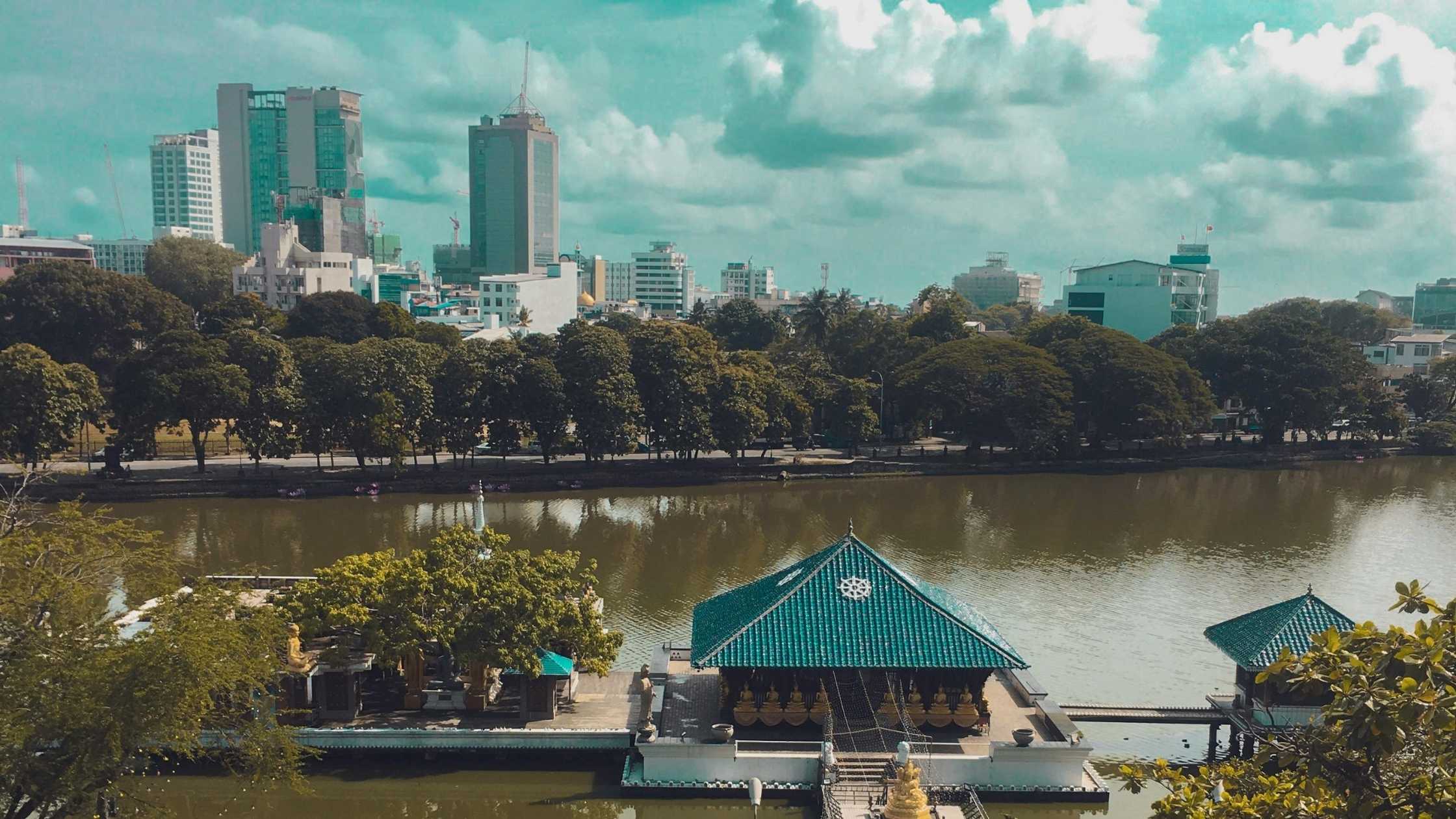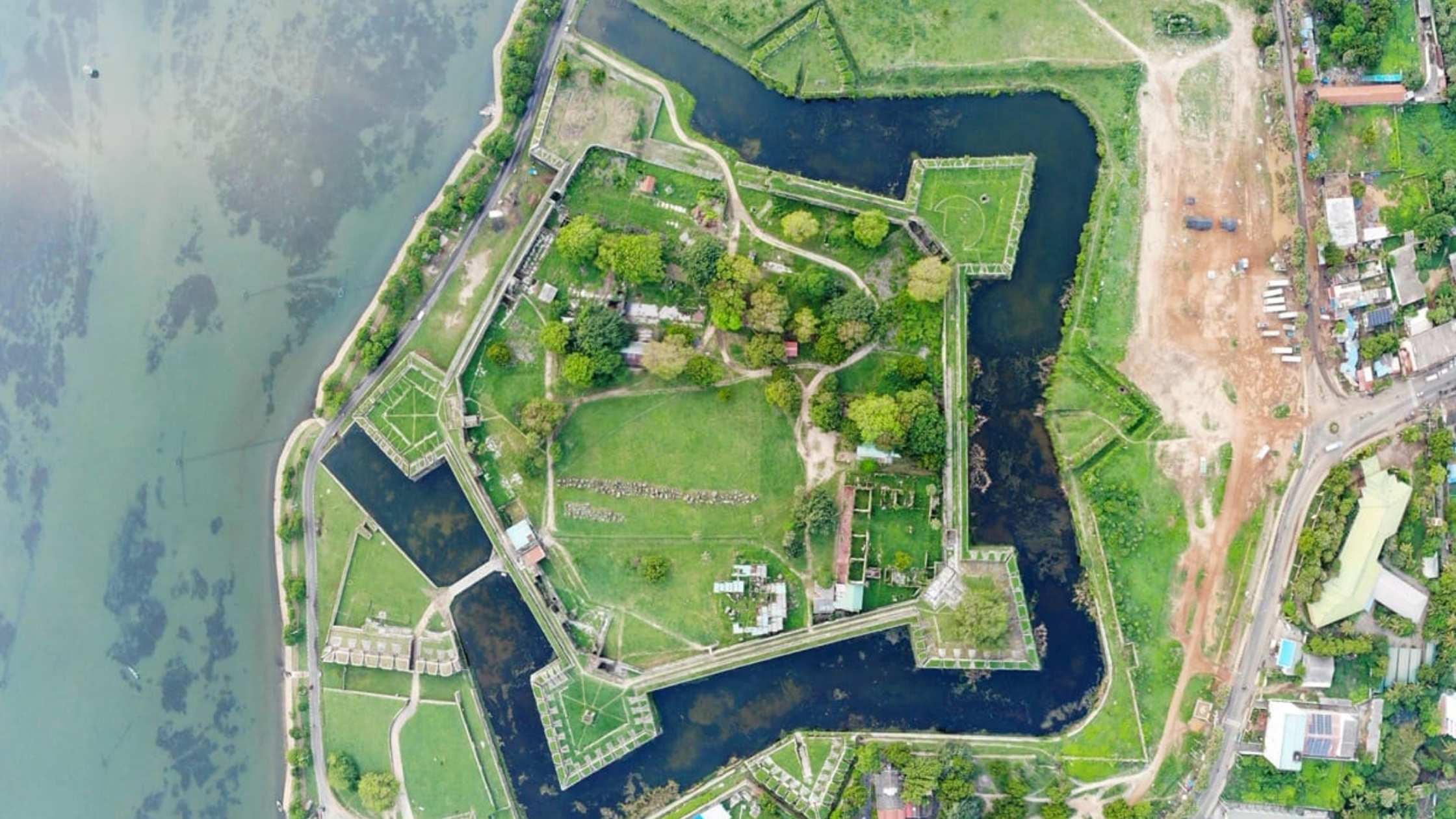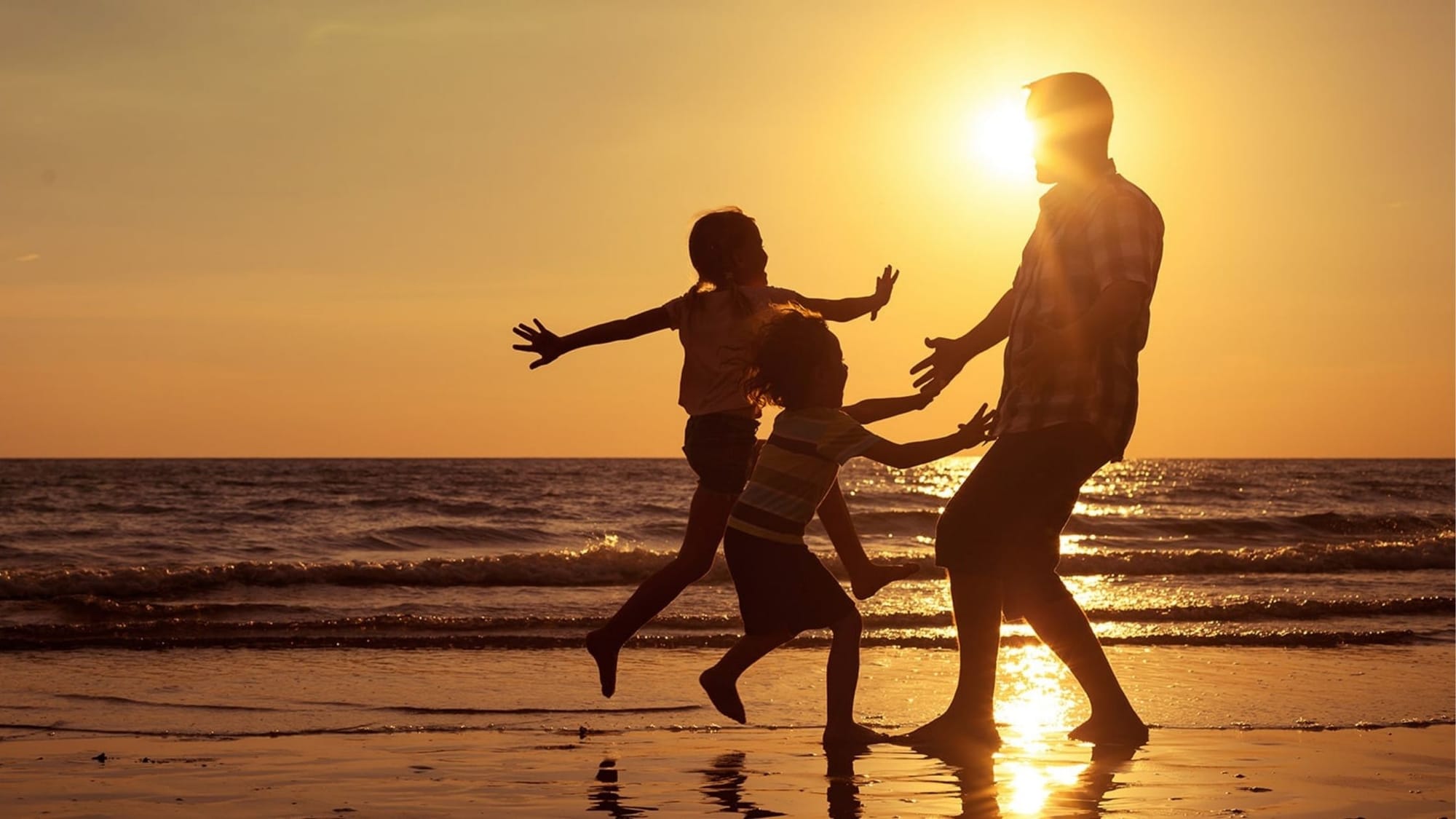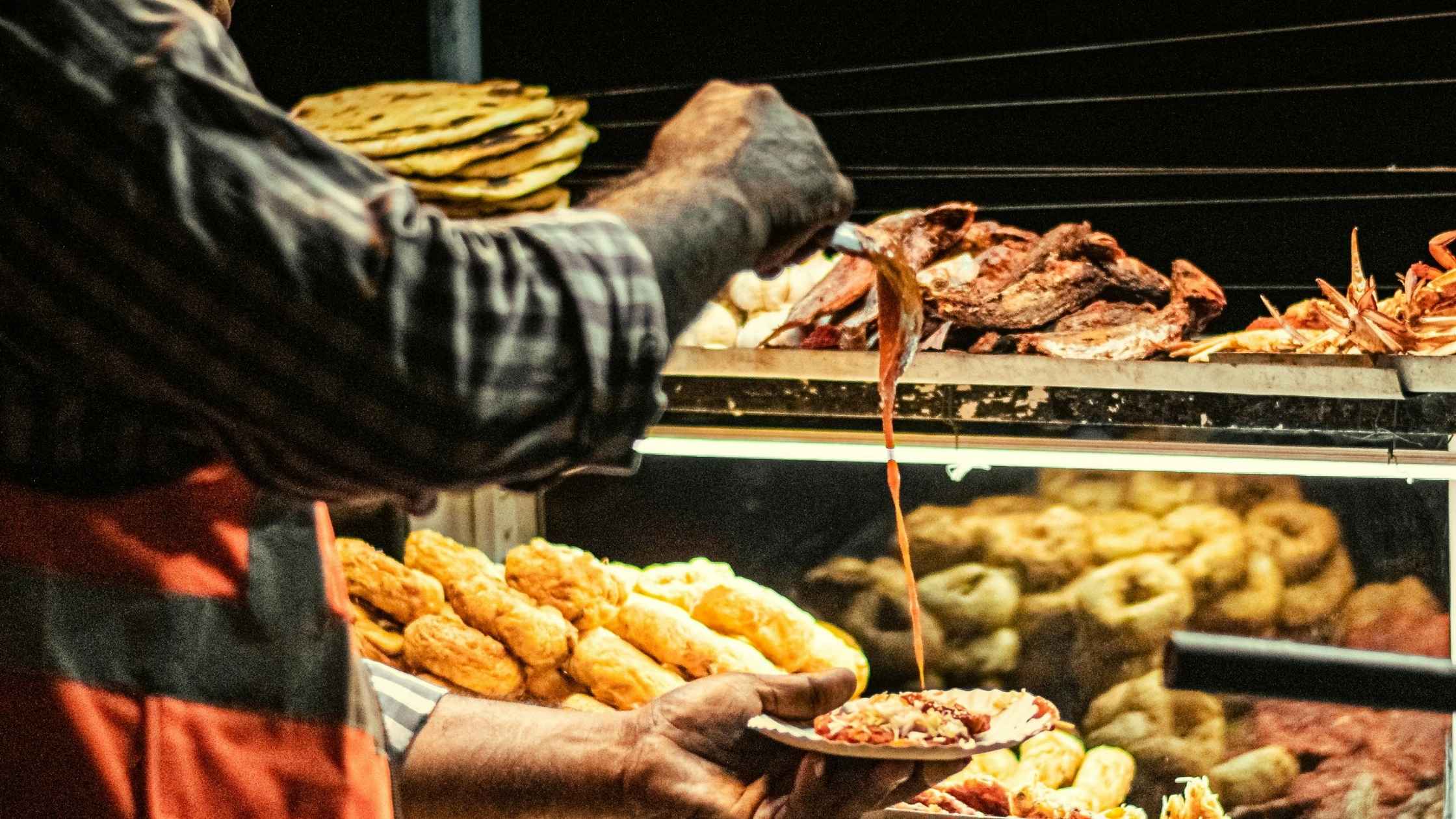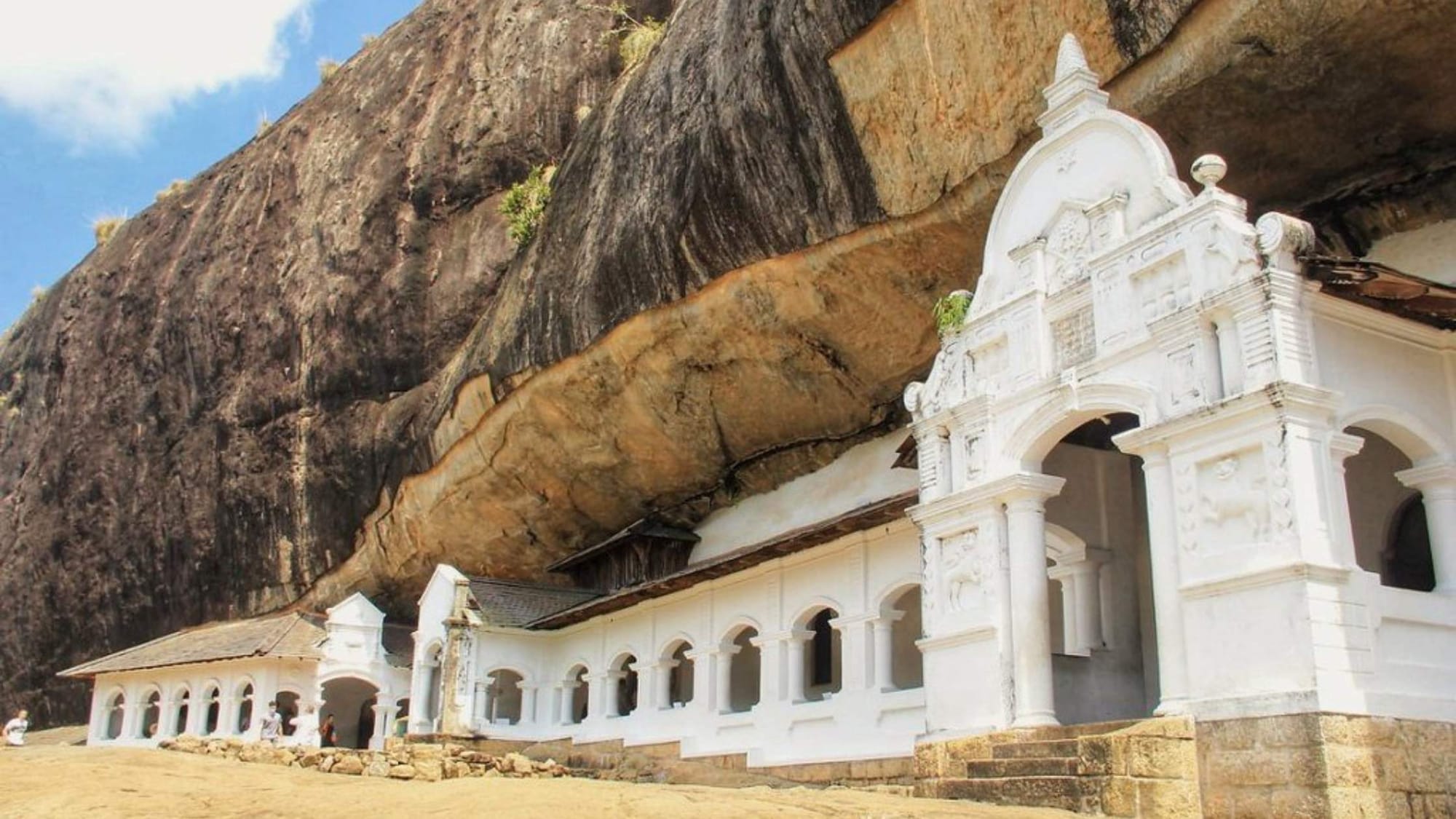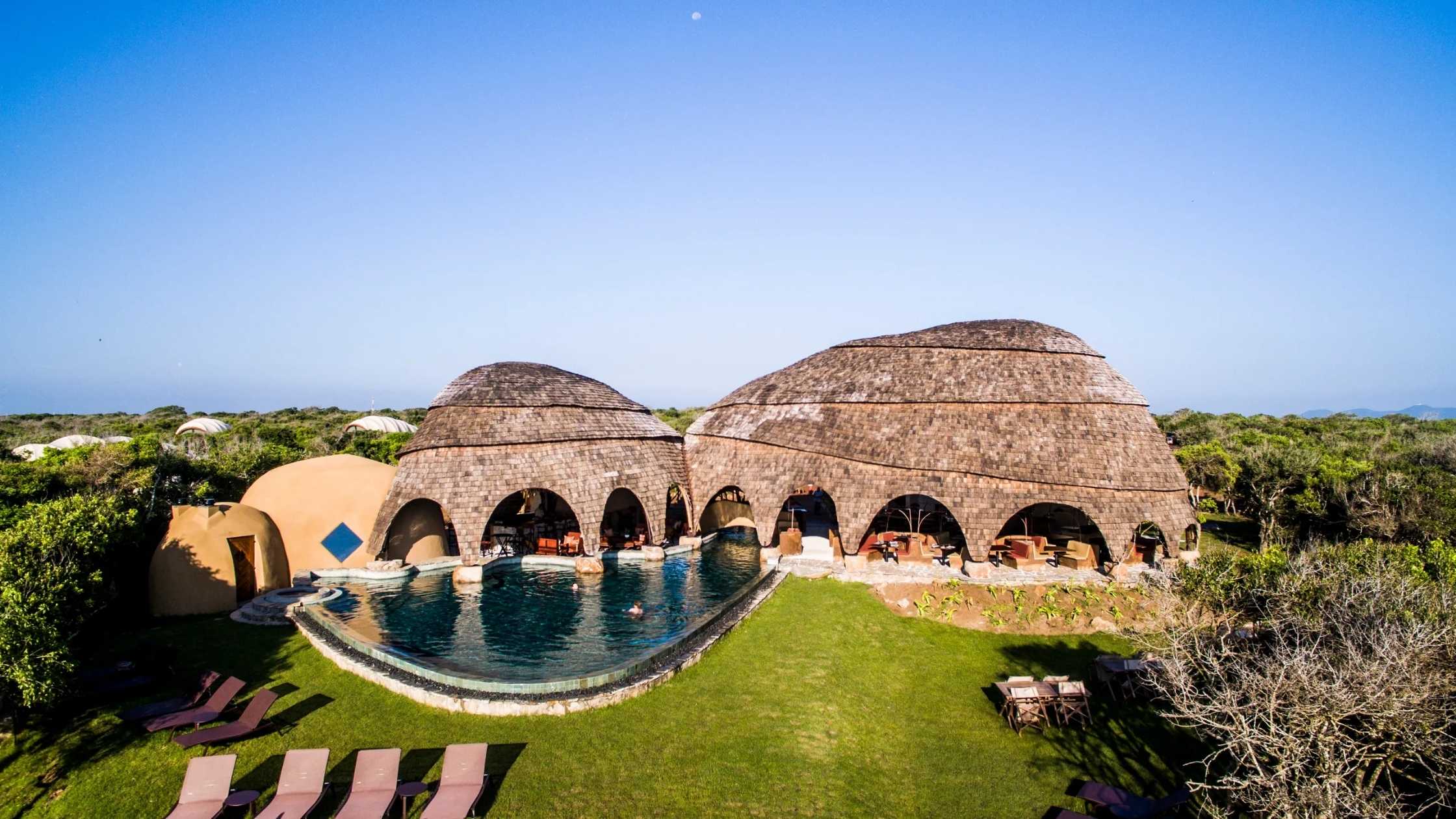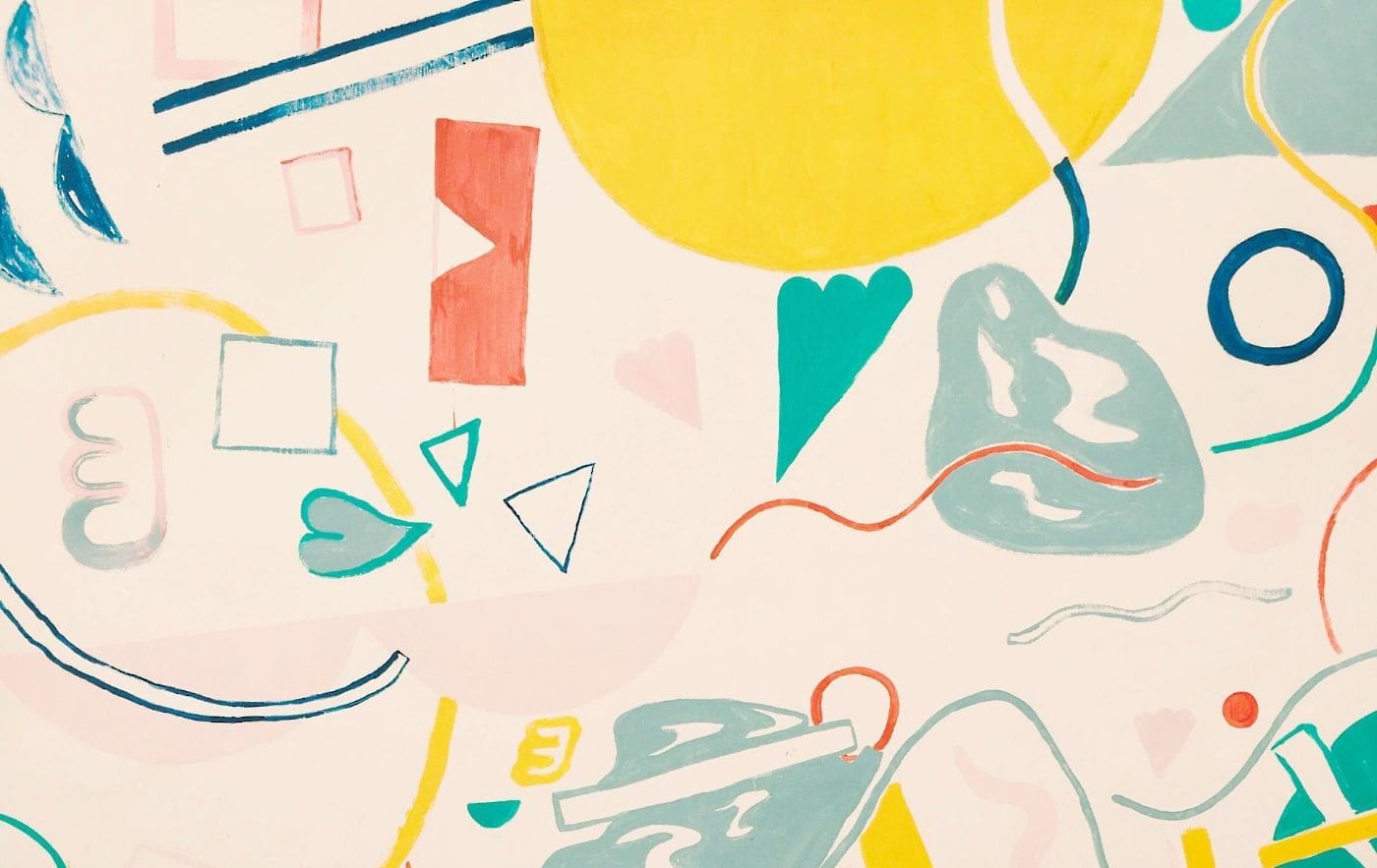Picture this.
You're rushing down Sri Lanka's capital towards beaches or tea plantations, believing there is nothing here that you need to halt for.
You'd be wrong.
It's what most tourists do. They come to Colombo and leave in one, missing one of Asia's best kept secrets: a place where Buddhist monks walk past businessmen in suits, where glass skyscrapers tower next to century-old temples, and where the excitement of your visit might be found on a street vendor.
The next is the truth: a single day does make all the difference.
The Harmony Between Old and New
Colombo isn't trying to be what it's not.
It's not Bali's Facebook paradise or Bangkok's luminescent playpen. It's a functioning capital with the additional merit of possessing incredible temples, stunning colonial buildings, and curry that makes you think twice about anything you ever knew about curry.
The city knows what it is. And that confidence is apparent.
You'll see glistening skyscrapers built alongside 17th-century Dutch buildings. Street markets booming in front of serene temple properties. Street vendors selling isso wade while high-end dining restaurants serve crab that will be as expensive as your ticket.
It works.
Now let me guide you through how to live it in 24 hours.
Morning: Where Religion Meets Architecture
Start at Gangaramaya Temple
6:30 AM is early. I know.
But what do you receive if you arrive early before the crowds: you get the temple to yourself. The golden statues glow differently in the morning light. The monks perform their ceremonies without an audience. You feel you've discovered something secret.
Gangaramaya fuses ancient Buddhist architecture with modern design in a combination that shouldn't but does. Statues, relics, and a small museum filled with artifacts dating back centuries.
Entry is approximately 400 rupees, which is the price of an Australian coffee. The temple is open from 6 AM and stays open until 10 PM, so if mornings are not your thing, there are other options.
Seema Malaka: The Floating Temple
A short walk takes you to something Geoffrey Bawa designed, a temple that seems to float above Beira Lake. Bawa was Sri Lanka's most famous architect, and his buildings have a tranquility to them that photographs can't convey.
You must see it.
The temple floats calmly on the lake as the city churns around it. It's an architectural meditation.
Independence Square: Colonial Grace
From sacred to historic.
Independence Memorial Hall is a memorial to Sri Lanka's independence from the British in 1948. The building itself is elegant, bordered by well-tended gardens and colonial structures that will transport you back in time.
Perfect for a pre-warm-up morning stroll.
Mid-Morning: The Chaos You Came For
Pettah Market
There's no sanitized version of Pettah.
It's loud, bustling, and mad in a good way. Vendors wait in lines down the narrow alleys peddling spices that fill the air with cardamom and cinnamon, fruit piled so high you question how they didn't topple over, pieces of fabric that are colors you wouldn't normally see together but somehow it works.
They have jewelry, electronics, street vendors, and items you never realized you needed until you saw them.
Keep your valuables close not that Pettah is dangerous, but because it's jam-packed with people shuffling in every direction. The atmosphere is infectious. Bring your camera. Bring cash. Haggle hard but fair.
This restaurant is the thumping heartbeat of Colombo.
Lunch: The Decision That Matters
You have two excellent choices.
And quite honestly, both are correct.
Option One: Kottu Roti at Hotel de Pilawoos
Kottu is Sri Lanka's favorite street food. Shredded roti with vegetables, eggs, spice, and your choice of meat, all cooked on a hot griddle with rhythmic clanging that sounds like the metal drum solo.
Hotel de Pilawoos does them best. The cooks put on a show while cooking metal blades chopping and scraping along in perfect sync. You catch a whiff from two blocks away.
It's messy, delicious, and will cost you roughly the same as that temple entrance fee.
Option Two: Seafood at Galle Face Green
For some sea breeze with dinner, head to the beach promenade.
Street food stalls along the green provide isso wade (prawn fritters so crunchy you can actually hear them snap), hot cuttlefish that'll make your eyes water with delight, and other fried delights that are best washed down with a chilled king coconut.
You eat with your fingers, watching the Indian Ocean roll in.
There is something about that combination of hot food, coconut water, and sea air which makes you understand why people fall in love with this country.
Afternoon: The Past Preserved
National Museum of Colombo
Sri Lanka's history is older and weirder than you can possibly imagine.
The museum houses ancient relics of kingdoms you never knew existed, Kandyan royal robes once worn by the last independent kings before colonial rule, and exhibits tracing the history of the island under Dutch, Portuguese, and British colonization.
The very building speaks for itself constructed in 1877 during British rule in that self-assured colonial architecture.
Admission costs about 1,000 rupees. The museum is open between 9 AM and 5 PM, so you will have ample time to browse without being rushed.
You'll be departing wiser for it. You'll know you didn't know things.
Old Dutch Hospital: History Transformed
An old Colombo building from the 17th century got a new lease of life in the shape of a shopping and dining complex.
The Dutch built it as a hospital. Nowadays it houses boutiques, cafes, and restaurants in its old walls. The architecture remains intact, but the purpose has been altered.
It's an awesome place to get coffee, shop, or simply sit in a courtyard that has endured for centuries.
Some buildings must be preserved. This one did.
Evening: When Colombo Comes Alive
Sunset at Galle Face Green
5:30 PM drives everyone out.
Families spread out blankets on the lawn. Children fly kites caught in the ocean wind. Street vendors turn over their carts for the evening tide. Couples walk along the promenade while the sun melts into the Indian Ocean.
That's how you catch the rhythm of a city.
Galle Face Green is not manicured or high end. It's merely a patch of dirt between city and sea where humans congregate to watch the end of yet another day. There are no Instagram filters needed for the sunset here; it's breathtaking as is.
Spend as much time as you want. The light shifts by minute.
Dinner: Your Reward
You've worked for this dinner.
Ministry of Crab - one of Asia's best restaurants and rightly so. The crab is local from lagoons just round the corner, prepared in a way that lets the seafood speak for itself. It's expensive yes but this is one of those nights you'll be discussing in other conversation for years to come.
"That crab I had in Colombo." you'll be saying to people, and they'll be leaning in.
For Authentic Sri Lankan Curry
If you want real rice and curry, try Curry Pot or Upali's by Nawaloka. Both of these restaurants offer the real deal several curries, dhal, sambols, and sides all on one plate the Sri Lankans actually eat.
The spices are subtle. Coconut milk, curry leaves, cinnamon, cardamom, and chili work together in ways that are only logical after that first bite.
Rooftop Drinks
End the evening over the city.
Cloud Red or ON14 offer rooftop observatories cocktails, and you can watch Colombo's skyline shining in the dark sea. The city seems clear from the top order instead of messy, picturesque instead of chaotic.
One cocktail. Maybe two. Then wrap it up.
Your 24 Hours at a Glance
- 6:30 AM – Gangaramaya Temple & Seema Malaka
- 8:30 AM – Stroll along Independence Square
- 9:30 AM – Discover Pettah Market
- 12:00 PM – Lunch (Galle Face snacks or Kottu)
- 1:30 PM – National Museum
- 3:30 PM – Coffee at Old Dutch Hospital
- 5:30 PM – Sunset at Galle Face Green
- 7:30 PM – Dinner (Ministry of Crab or curry)
- 9:00 PM – Rooftop drinks
What You Need to Know
Transport: Tuk-tuks and PickMe (the homegrown ride app) are your best option. Rush hour causes traffic to thicken, so factor in some buffer time between stops.
Dress code: Temples require modesty to cover shoulders and knees. Bring a light scarf if shorts are your attire.
Weather: Colombo's hot and humid year-round. Bring water. Drink it often. Heat exhaustion's not fun with any language.
Money: Cash in rupees is what street vendors like. ATMs are ubiquitous, but keep some local currency handy for markets and food stalls.
The Real Reason to Stay
Colombo doesn't cry out for your notice.
It lacks Galle's fortifications or Ella's hillside vistas. It isn't trying to be a beach or tea plantation.
But take a day here and you'll discover something the other places can't offer: the real, working, messy heart of Sri Lanka. Where the humans actually live. Where tradition and modernity aren't foes but villagers in the same village. Where the best things aren't planned they just happen while wandering between temples and markets and ocean views.
Whether starting out on your Sri Lankan odyssey or finishing it, Colombo commentates on visitors who give it a try.
Twenty-four hours is enough to understand why
And possibly enough to make you regret that you didn't book two days.


